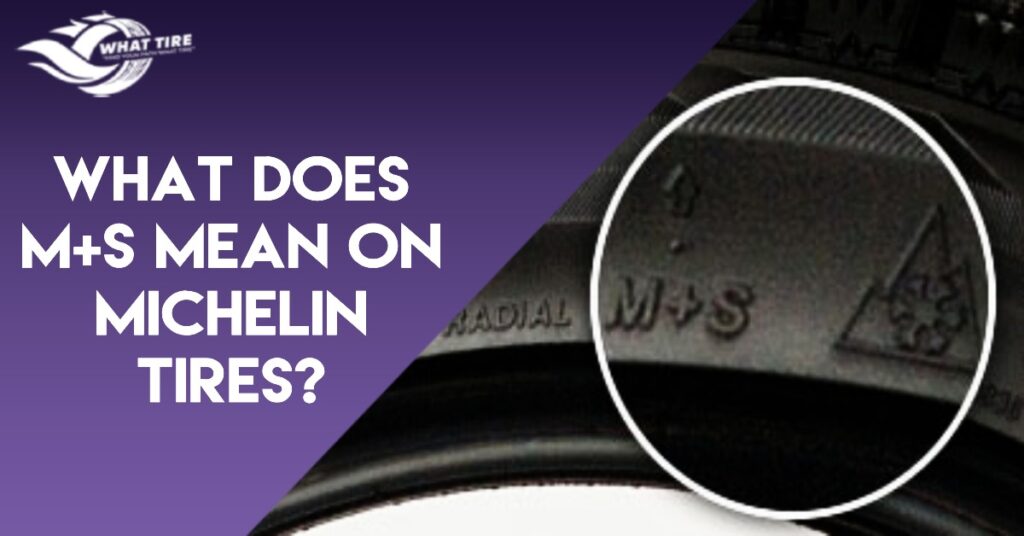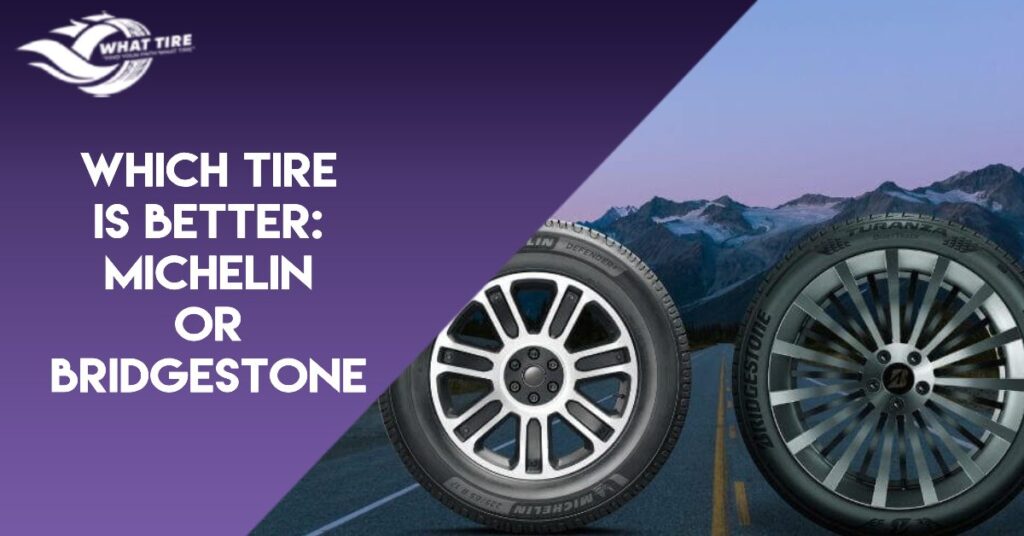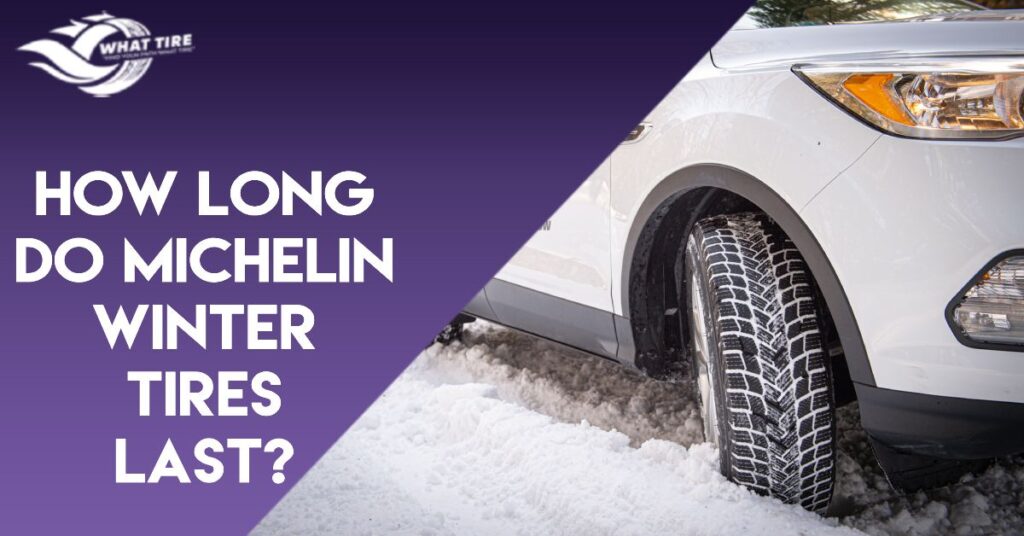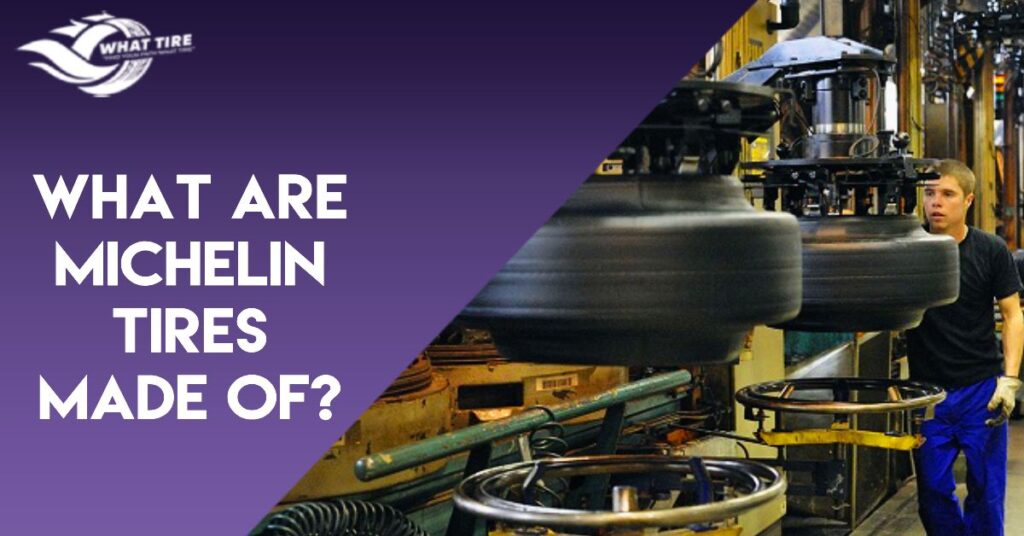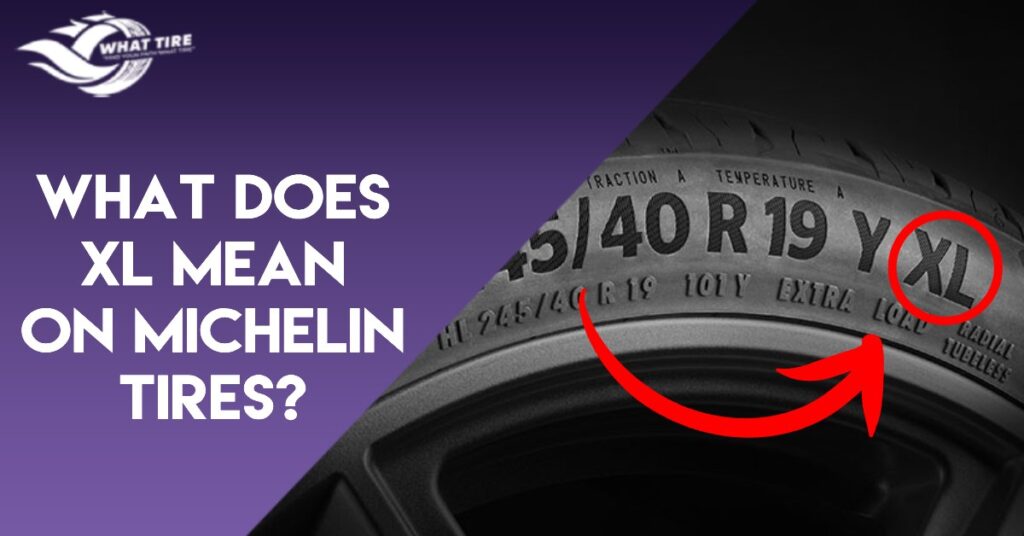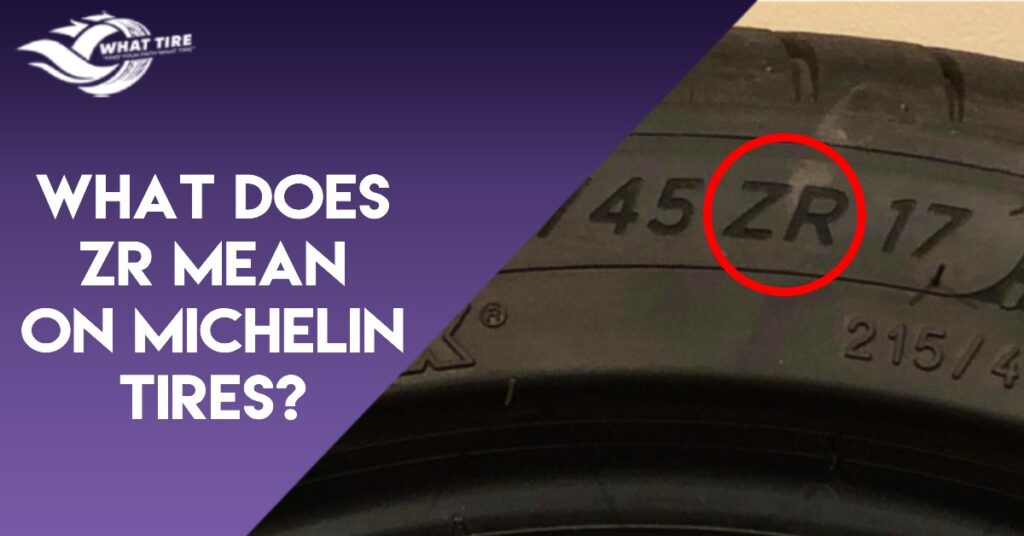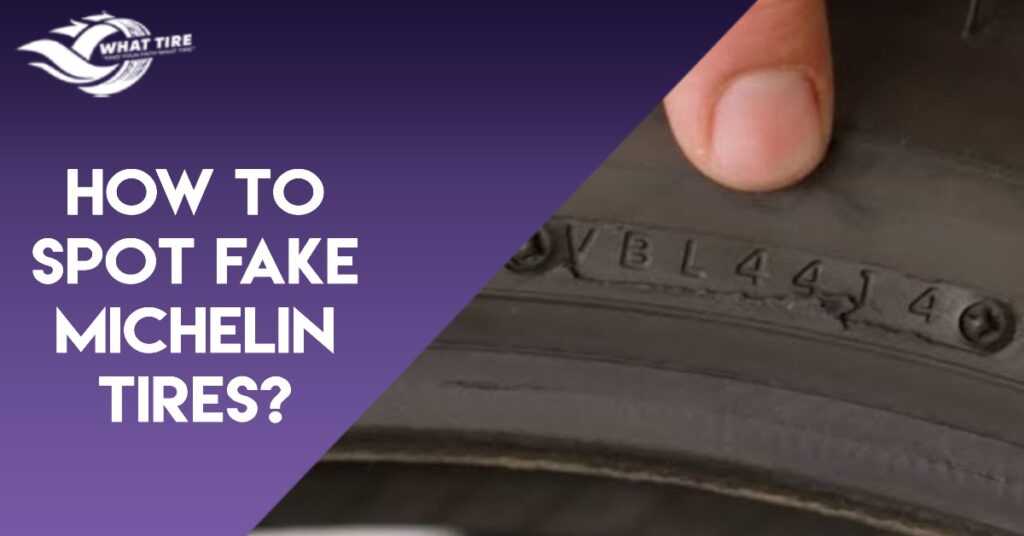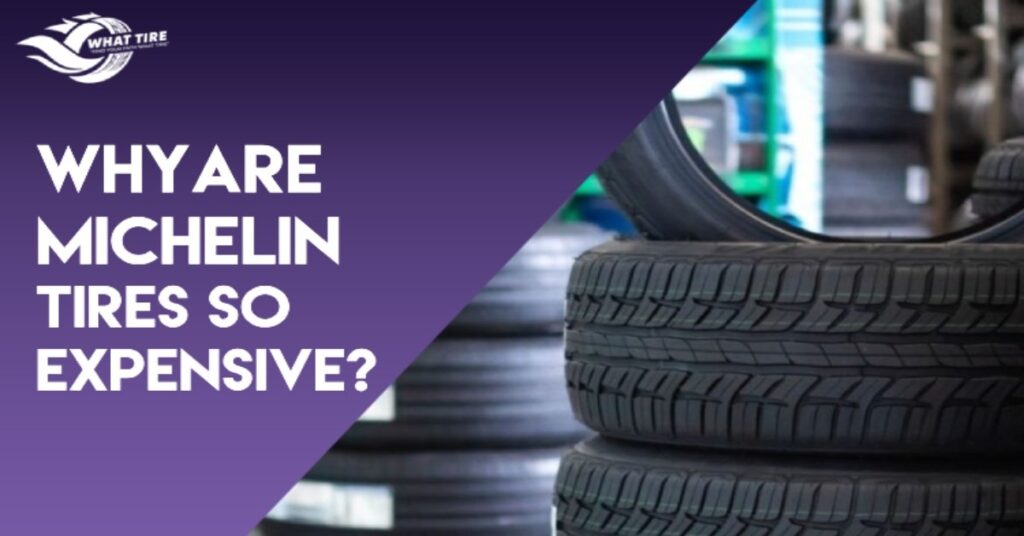What Does M S Mean on Michelin Tires?
Welcome to the world of Michelin tires, where the cryptic code “M/S” on the sidewalls holds the key to superior performance in mud and snow. In this informative journey, we will resolve the mystery behind the M/S designation, exploring its meaning and how it sets Michelin tires apart. You will also learn about the differences between M/S and M+S, discover the lifespan of these tires, and grasp the unique characteristics that make them a reliable choice. Whether you’re navigating winter roads or off-road terrains, join us as we reveal the secrets of Michelin’s M/S tires and the best options for conquering mud and snow. Meaning of M+S on Michelin Tire Sidewalls The industry standard term “M+S,” denoting Mud and Snow, encompasses a broad range of tires designed for use in muddy or snowy conditions. It serves as a general classification for tires suitable for these environments but does not provide specific details about the tire’s performance characteristics. Difference Between Michelin M/S vs. M+S Michelin’s “M/S” designation is a specialized classification indicating Mud and Snow performance at a higher level. Michelin engineers these tires with advanced tread patterns, compounds, and technologies, ensuring optimized traction in both mud and snow conditions. This specialized design sets Michelin M/S tires apart from the broader category of M+S tires. Regulatory Standards and Guidelines Michelin M/S tires adhere to stringent industry standards for performance in mud and snow. These standards ensure that Michelin M/S tires meet specific criteria for traction and control, providing drivers with a reliable and safe driving experience in challenging weather conditions. Characteristics of M+S Tires There are a lot of qualities that set M+S (or M/S) tires apart from other types of tires, making them well-suited for a range of challenging driving conditions: 1. Advanced Tread Design M/S tires feature specialized tread patterns designed to excel in mud and snow. The tread typically incorporates deep grooves, sipes, and biting edges, enhancing traction on slippery surfaces. This design facilitates the evacuation of mud, slush, and snow, preventing the tire from losing grip in adverse conditions. Learn more about tire tread depth on new Michelin tires. 2. All-Season Versatility While specifically engineered for Mud and Snow, M/S tires often offer versatility across various seasons. The design allows for reliable performance in wet and dry conditions, making them suitable for drivers facing unpredictable weather patterns throughout the year. 3. Enhanced Traction on Ice Many M/S tires are equipped with compounds and features that enhance traction on icy surfaces. This is particularly beneficial in regions experiencing freezing temperatures, providing drivers with a secure grip on slippery roads. 4. Rugged Construction M/S tires are often built with robust construction to withstand the challenges posed by off-road terrains. Reinforcements in the sidewalls and durable materials contribute to increased resistance against cuts, punctures, and abrasions. 5. Optimized for Off-Road Adventures Beyond urban and highway driving, M/S tires are well-suited for off-road adventures. The robust design and enhanced traction make them a preferred choice for drivers exploring unpaved paths, rocky terrains, or challenging landscapes. 6. Winter Weather Certification Many M/S tires meet industry standards for winter weather performance. This certification ensures that the tires comply with specific regulations, providing drivers with confidence in their ability to navigate through snowy and icy conditions. Winter tires last longer than normal tires when it comes to driving in icy and snowy conditions. 7. Balanced Performance M/S tires aim to strike a balance between various performance attributes, including traction, durability, and comfort. This balanced approach makes them suitable for drivers seeking a reliable and versatile tire for diverse driving scenarios. These qualities highlight the specialized nature of M/S tires, making them a preferred choice for drivers who prioritize performance and safety in challenging and variable weather conditions. How Long Do M+S Tires Last? M+S tire lifespan varies based on factors such as tread design, driving conditions, and maintenance. Generally, they can last between 40,000 to 70,000 miles. M+S tires boast a durable design, but their lifespan is contingent on usage patterns and maintenance. Tread depth, influenced by driving habits and terrain, directly impacts longevity. Regular rotations and proper inflation contribute to even wear. Additionally, timely alignment checks can prevent uneven tread wear. While M+S tires exhibit robust construction for challenging conditions, proactive care remains pivotal in maximizing their lifespan and ensuring optimal performance over the miles. Popular Michelin Tires for Mud and Snow Michelin has earned a reputation for producing high-performance Mud and Snow (M+S) tires, each meticulously crafted to tackle challenging terrains and adverse weather conditions. Here are some standout Michelin M+S tire models renowned for their reliability and superior performance: 1. Michelin LTX Winter Designed for Trucks and SUVs The Michelin LTX Winter is tailored for drivers seeking optimal performance in winter conditions. With a specialized tread pattern, it provides excellent traction on snow and ice. The tire’s durability and stability make it a preferred choice for larger vehicles navigating through challenging winter landscapes. 2. Michelin X-Ice Snow Tires Key Features for Snowy Conditions The Michelin X-Ice series is celebrated for its exceptional performance in snowy conditions. These tires feature an advanced silica-based compound and a unique tread design, offering enhanced grip and braking on icy surfaces. Perfect for those who prioritize safety and control during winter driving. 3. Michelin Latitude Tour Versatile Performance in Various Terrains The Michelin Latitude Tour series is designed for SUVs and crossover vehicles, providing a versatile solution for diverse driving conditions. With a tread pattern optimized for both wet and snowy surfaces, this tire offers a smooth and comfortable ride while maintaining reliable traction. 4. Michelin Pilot Alpin PA4 Premium Performance for High-End Vehicles The Michelin Pilot Alpin PA4 caters to high-performance vehicles, delivering exceptional handling and control in winter weather. Its silica-enhanced rubber compound ensures flexibility in cold temperatures, and the tread design optimizes snow and ice traction without compromising on dry-road performance. 5. Michelin Defender LTX M/S Balanced All-Season Performance The Michelin Defender LTX M/S stands out for its all-season capabilities, providing a
What Does M S Mean on Michelin Tires? Read More »

